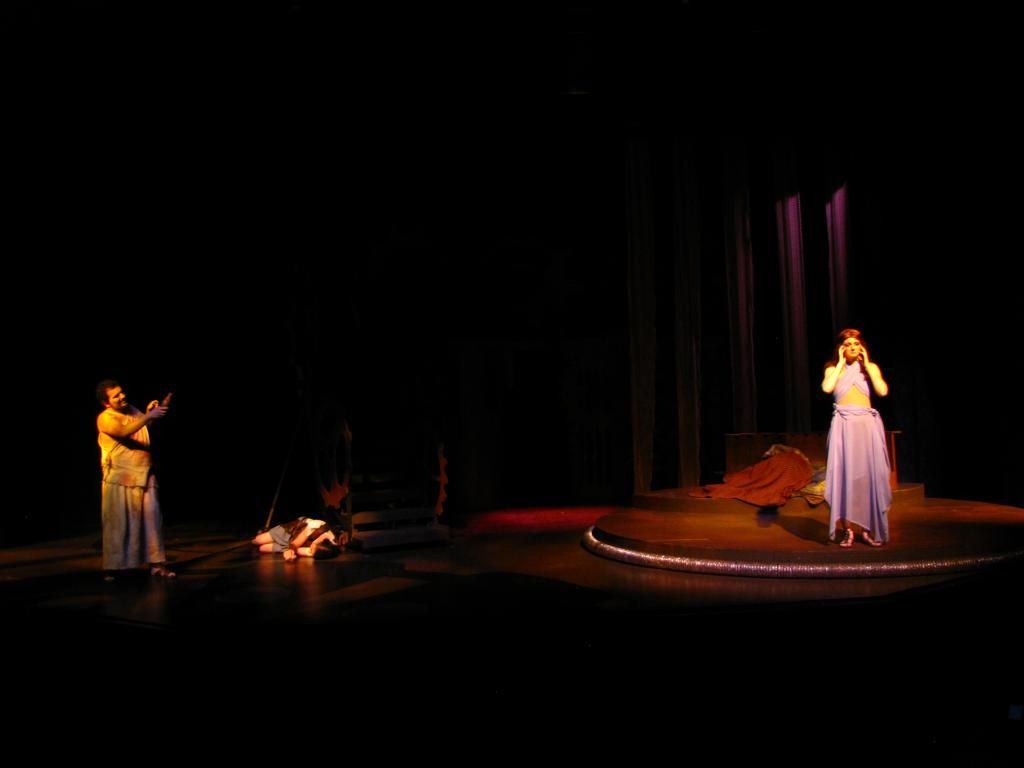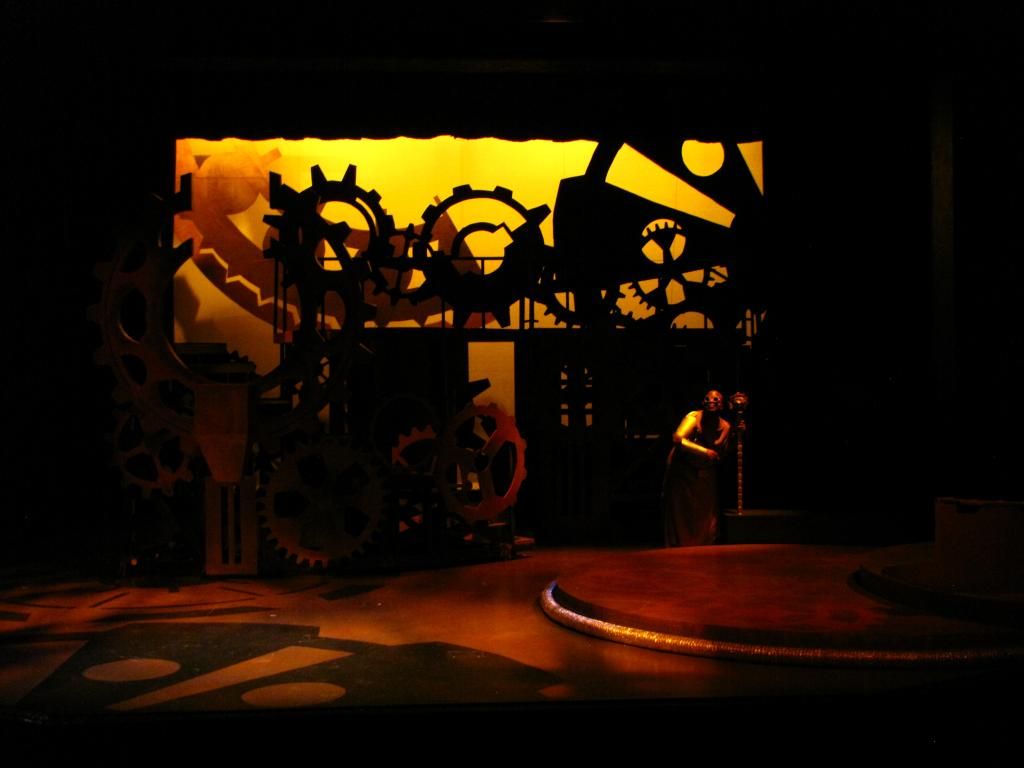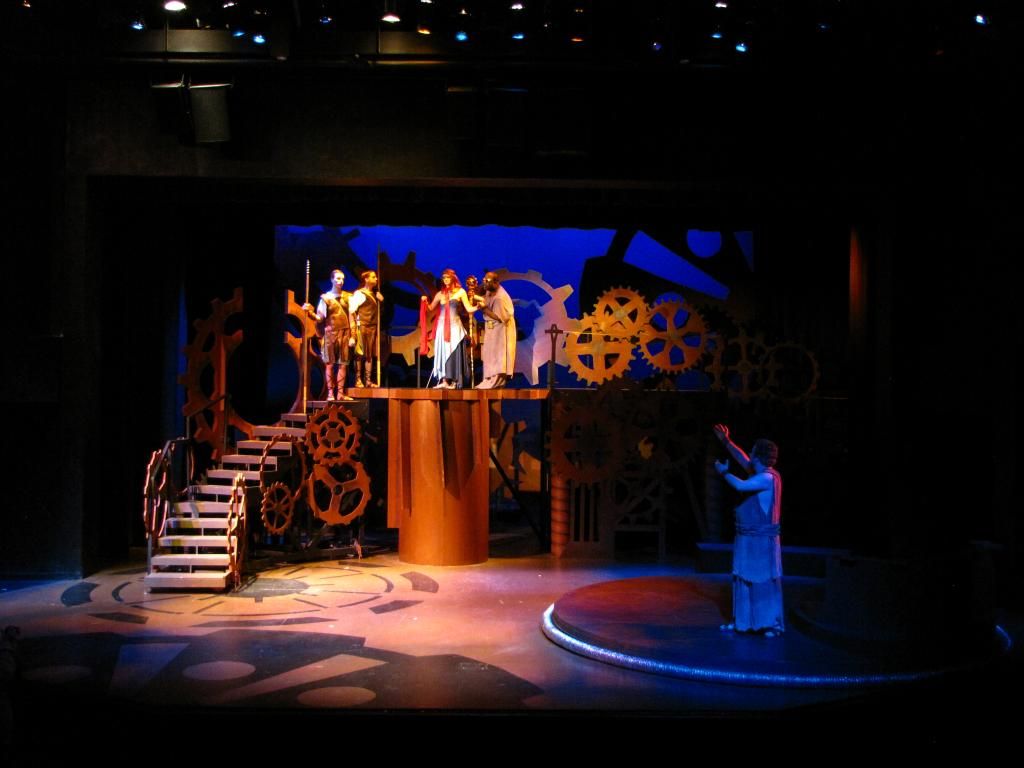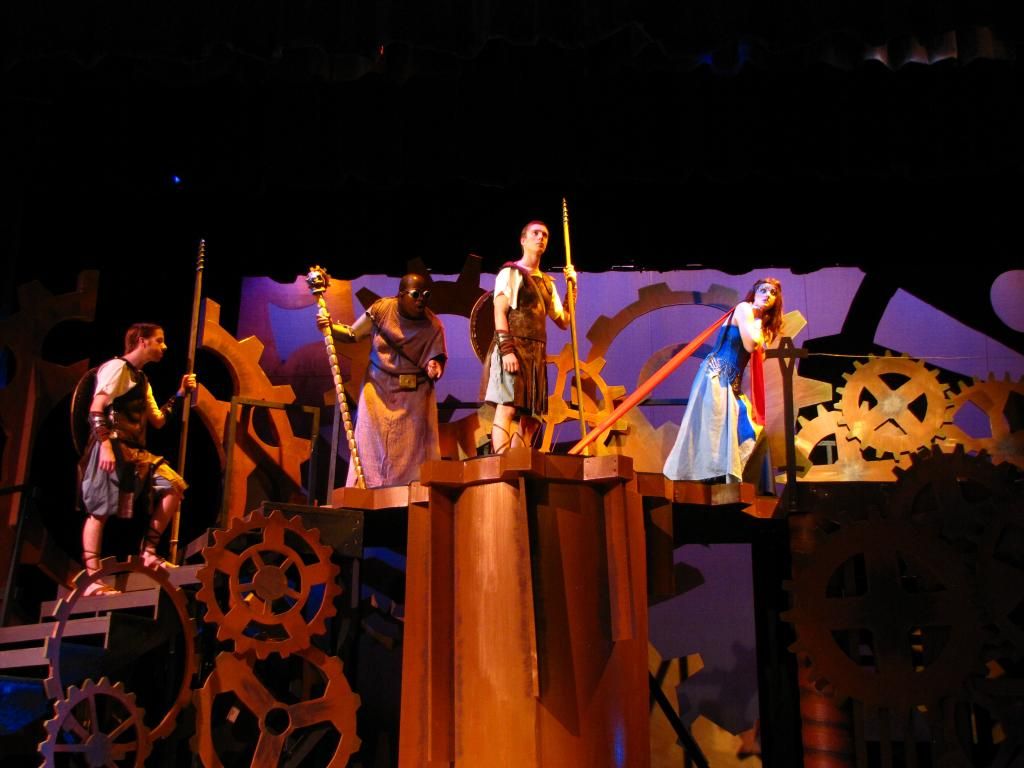Yeah, I've only looked at a few dSLR cameras in passing at wal-mart, best buy, Costco, etc. since I don't have any money to actually buy with yet. I sort of just threw out $300 based on the average prices I've seen on the display cameras in stores. My budget can potentially go up, which it sounds like I might need to do if I want to really get a good camera & quality lenses.
I won't get my fin. aid. until the first or second week of September and I just barely turned in the paperwork for the unsubsidized student loan so I'm not sure exactly how much I'll be getting in the fall yet. Also I'm going on a cruise in October (not Disney... it's the Backstreet Boys Cruise on Carnival). I've paid off the actual cruise cost, but I still need to buy my flight, and budget out ground transportation, spending money, etc. from the money I get in the fall before I can buy any shiny new toys.
In the past one of my instructors (who is no longer working at the school starting this semester) would have the design students submit their top 3 choices for scenes they wanted photographed & would use her dSLR camera and make the photos available to us, however I didn't always get the shots I wanted. She would always say that to be sure we get the shots we want, we needed to bring our own camera to photo call and now that she's not an instructor, I'm not sure who will be taking the photos this year... I'm sure they'll have somebody but since the photos I take this year could help me get into my dream college (California Institute of the Arts), I kind of want to be in charge of my own photos, you know? CalArts is a tough school to get in... in 2012 they got 3713 applications and they only have a total enrollment of 1,441 students currently, so only about a third get accepted.
As for Photo Call, none of the shots are 'action shots'. At the end of a performance night, the actors stay in costume and we work from the end of the show to the top of the show (since they're in their final scene costumes at the end of the night). The stage manager will call out the scene/line and the actors will begin performing from the line that was called out until my instructor (who was taking the general photos) would call 'Hold'. Wherever 'Hold' is called, the actors must remain perfectly still, in whatever blocking positions they are in until my instructor releases them from that position (to either shake out their limbs before another take, or to move on to the next shot).
These are some of the photos my instructor took with her camera (no idea what kind she used). But these are the sort of lighting situations (in the theatre space I'll be shooting in). The kind of stage we have is called a modified thrust (because the space past the proscenium arch is thrust out farther than a traditional apron, making the action closer to the audience). These are photos from my first foray into lighting design. The play was called The Infernal Machine (based on the Greek tragedy of Oedipus written by a french dude whose name I can't pronounce or spell).
That last photo is my favorite look. It was a scene change but it was fabulous... There will be times when the stage is lit up bright, but a lot of the fabulous dramatic shots are in low light, like that last one.
My first love is Theatre, but I've always loved photography too. I've only ever had the point & shoot cameras, but I've always wanted to get my hands on a dSLR. I'm pretty quick on the uptake when it comes to new technology (yay for being born/raised in the digital/computer age). I'm hoping that if I can buy the camera early in the year, I'll have several months to play around with it and learn the intricacies of it before I need to actually use it on a semi-professional level.
















